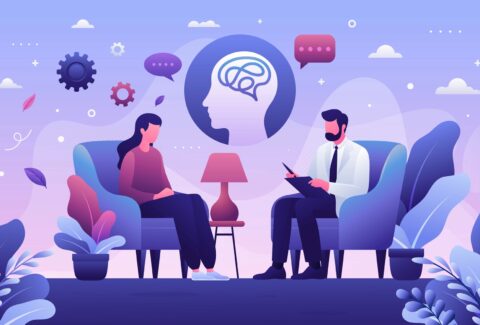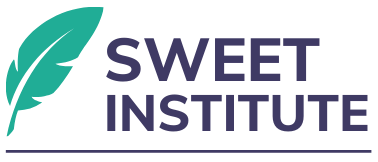The SWEET Model as a Universal Model of Healing: Toward a Grand Integration of Theory, Practice, and Purpose

The SWEET Model as a Universal Model of Healing: Toward a Grand Integration of Theory, Practice, and Purpose
Abstract
In a field often divided by competing modalities, schools of thought, and frameworks, the SWEET Model emerges not only as a clinical tool but as a universal model of healing. Its Four-Layered Transformation structure—conscious, preconscious, unconscious, and existential—provides a meta-framework that transcends boundaries between disciplines, therapeutic traditions, and even cultural or spiritual beliefs. This article proposes the SWEET Model as a unified, integrative approach that can be applied not only to individual psychotherapy but also to organizational leadership, systems of care, educational design, social change, and human evolution.
Keywords
SWEET Model, SWEET Institute, universal healing, integration, transformation, meta-framework, systems theory, clinical practice
Introduction
Human suffering is universal—but healing is often fragmented. Across disciplines and cultures, countless systems exist to understand, reduce, and transform suffering. Yet clinicians, educators, and leaders still struggle to find an integrative model that bridges science and soul, cognition and meaning, individual and collective. The SWEET Model offers a pathway to such integration. It is not simply a technique or intervention—it is a transformation framework that is structural, flexible, and applicable across all levels of human experience (Capra & Luisi, 2014; Sidor & Dubin, 2025).
Theoretical Framework
The SWEET Model’s Four Layers correspond not just to psychological structures but to universal aspects of human existence:
- Conscious Layer: Language, action, intention, and measurable behavior.
- Preconscious Layer: Habits, social conditioning, memory, and adaptive roles.
- Unconscious Layer: Core wounds, unresolved trauma, inherited narratives, and archetypes (Jung, 1968).
- Existential Layer: Meaning, purpose, freedom, connection, and transcendence (Frankl, 1985; Yalom, 1980).
Each layer aligns with both modern neuroscience and ancient wisdom traditions, including mindfulness, existential philosophy, psychoanalysis, and systems theory.
Application and Analysis
The SWEET Model can be applied across domains:
- In individual therapy, it moves clients from symptom relief to meaning-making.
- In family systems, it clarifies inherited dynamics and re-aligns values.
- In couples work, it uncovers wounds beneath the conflict and helps reintegrate intimacy and purpose.
- In education, it transforms passive learning into integrated mastery (Knowles, 1984).
- In leadership, it builds transformational, inclusive, value-driven organizations.
In community and systems change, it becomes a framework for healing collective trauma and rehumanizing care systems (Bloom & Farragher, 2011).
The SWEET Model’s structure helps clinicians and change agents identify what level a problem or block resides in—and then guides movement across all layers to foster lasting change.
Implications
The implications of the SWEET Model are vast:
- Clinically, it reduces fragmentation and enhances therapeutic depth.
- Academically, it offers a new framework for integrative teaching and supervision.
- Spiritually and philosophically, it aligns healing with purpose, ethics, and values.
- Culturally, it respects multiplicity, inviting various traditions and epistemologies into healing work.
It can be taught, scaled, and applied across disciplines without losing its depth—making it a universal healing architecture.
Conclusion
The SWEET Model is more than a clinical tool—it is a universal model of layered transformation that integrates cognition, behavior, emotion, meaning, and consciousness. It bridges the gaps between modalities, disciplines, and traditions, making healing coherent, teachable, and scalable. In doing so, it invites a new generation of clinicians, leaders, educators, and human beings to see that healing is not only possible—it is layered, structured, and profoundly human.
References
- Bloom, S. L., & Farragher, B. (2011). Destroying sanctuary: The crisis in human service delivery systems. Oxford University Press.
- Capra, F., & Luisi, P. L. (2014). The systems view of life: A unifying vision. Cambridge University Press.
- Frankl, V. E. (1985). Man’s search for meaning. Beacon Press.
- Jung, C. G. (1968). Man and his symbols. Dell Publishing.
- Knowles, M. S. (1984). The adult learner: A neglected species (3rd ed.). Gulf Publishing.
- Sidor, M., & Dubin, K. (2025). The SWEET Model: Four layers of transformation in leadership and mental health care. SWEET Institute Publishing.
- Yalom, I. D. (1980). Existential psychotherapy. Basic Books.
Download the scholarly version of this article by clicking HERE








